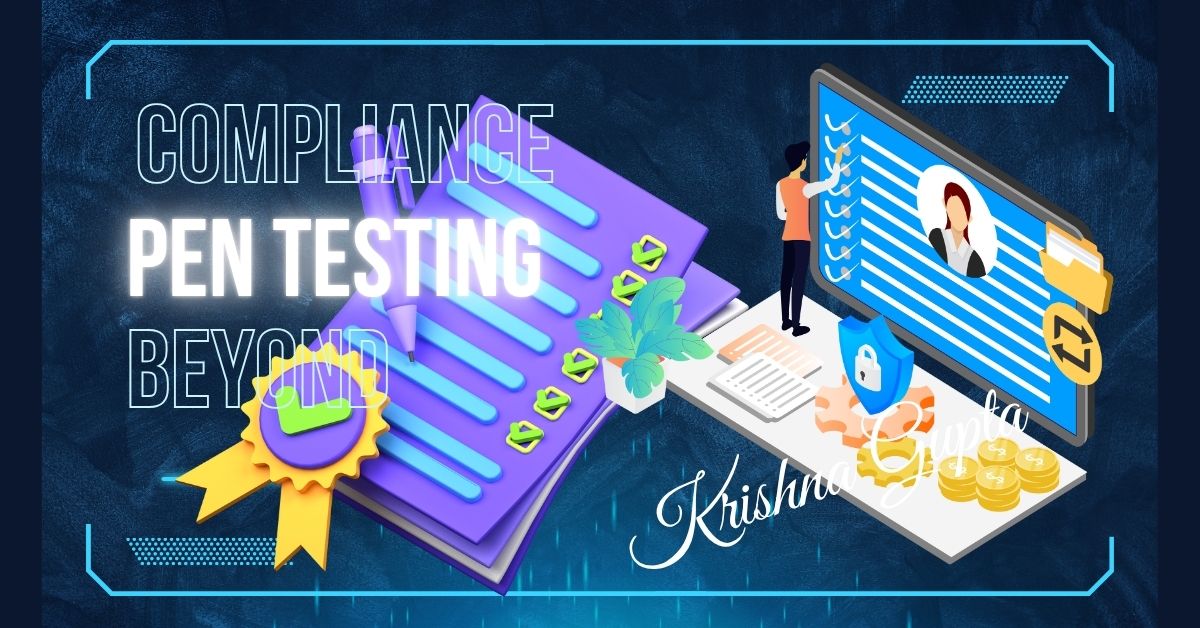The Future of Cybersecurity Leadership: Agentic RAG, Digital Twins, and the Augmented CISO
In today’s cyberthreat landscape, the Chief Information Security Officer (CISO) is the lynchpin of enterprise security, entrusted with protecting digital assets, managing risks, and guiding strategic resilience. But with the rapid rise of Agentic RAG (Retrieval-Augmented Generation) and Digital Twins, a fundamental question emerges: Is the CISO role at risk of being replaced by machines?
The answer is layered—not a simple yes or no. While Agentic RAG and Digital Twins will revolutionise cybersecurity operations, they won’t make the CISO obsolete. Instead, they will reshape and elevate the role, allowing CISOs to lead more strategically and less reactively.




